Traditional Financial Regulation to FinTech Regulation:
A Brief History
Key
All Other
2023
08.08.2023 – The Federal Reserve announces the creation of the Novel Activities Supervision Program, which aims to monitor and examine novel activities, such as crypto-asset related activities and distributed ledger technology, in partnership with existing supervisory teams. LINK.
06.16.2023 – The Federal Reserve launched the master account and services databases, which lists financial institutions that have access or have requested access to Reserve Bank master accounts and financial services. LINK.
06.06.2023 – The FDIC, the Federal Reserve, and the OCC issue “Interagency Guidance on Third-Party Relationships: Risk Management.” LINK.
02.23.2023 –The Federal Reserve, FDIC, and OCC issue a “Joint Statement on Liquidity Risks to Banking Organizations Resulting from Crypto-Asset Market Vulnerabilities.” LINK.
01.23.2023 – The New York Department of Financial Services (NYDFS) issues, “Guidance on Custodial Structures for Customer Protection in the Event of Insolvency.” LINK
01.03.2023 – The Federal Reserve Board of Governors, the FDIC, and the OCC issue a "Joint Statement on Crypto-Asset Risks to Banking Organizations." LINK.
2022
10.03.2022 – The Financial Stability Oversight Council (FSOC) releases the “Report on Digital Asset Financial Stability Risks and Regulation.” LINK.
08.19.2022 – The FDIC issues five Cease and Desist letters to companies making crypto-related false or misleading representations regarding deposit insurance. LINK.
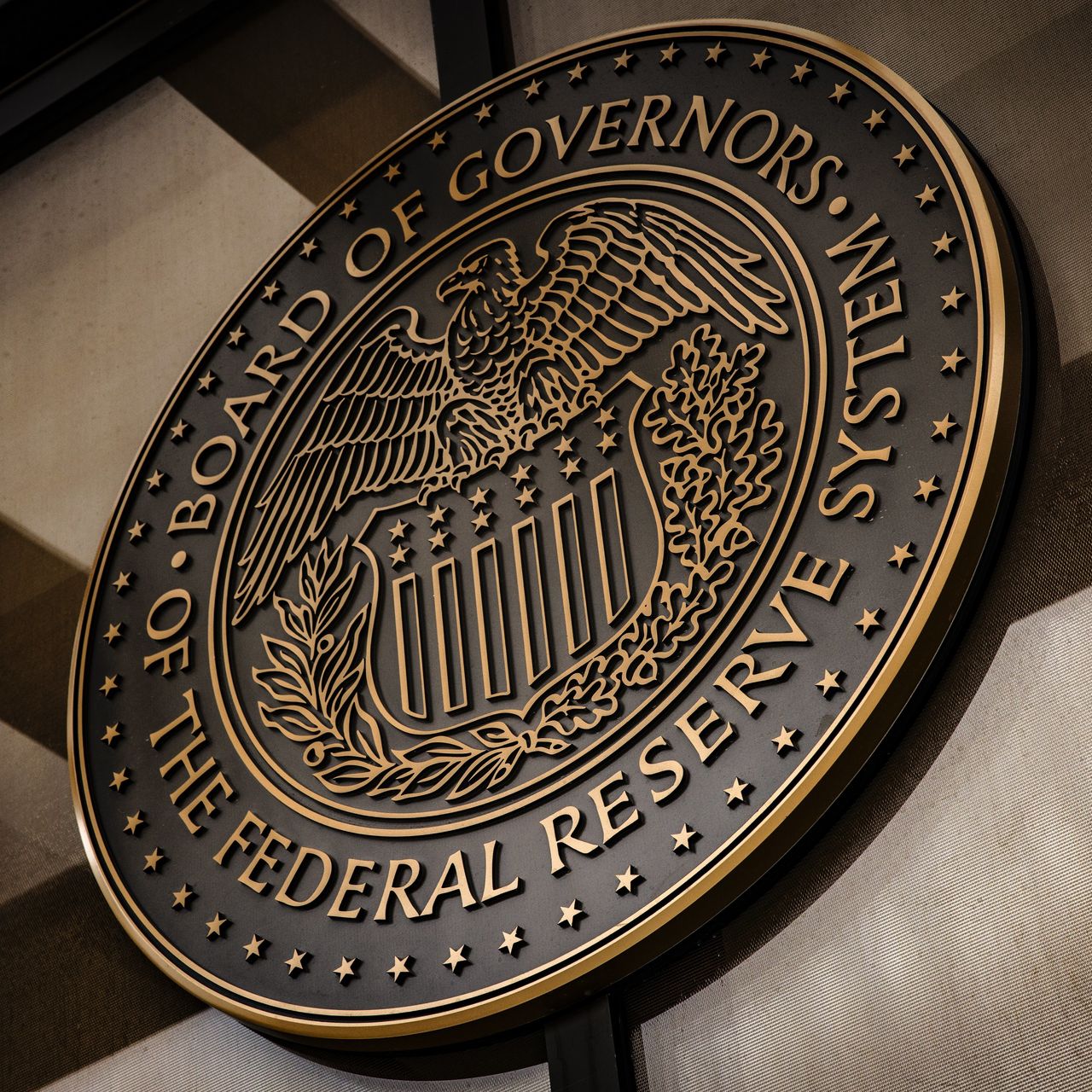 08.16.2022 – The Federal Reserve Board of Governors issues “SR 22-6 / CA 22-6: Engagement in Crypto-Asset-Related Activities by Federal Reserve-Supervised Banking Organizations” clarifying expectations for Federal Reserve supervised institutions that are engaging in crypto-related activities. LINK.
08.16.2022 – The Federal Reserve Board of Governors issues “SR 22-6 / CA 22-6: Engagement in Crypto-Asset-Related Activities by Federal Reserve-Supervised Banking Organizations” clarifying expectations for Federal Reserve supervised institutions that are engaging in crypto-related activities. LINK.08.15.2022 –The Federal Reserve Board of Governors announces Final Guidance that establishes a set of factors when requests are made to access the Federal Reserve payment system. LINK.
 07.29.2022 – The FDIC publishes “Fact Sheet: What the Public Needs to Know about FDIC Deposit Insurance and Crypto Companies,” which is intended to address common and emerging misconceptions about FDIC insurance coverage. LINK.
07.29.2022 – The FDIC publishes “Fact Sheet: What the Public Needs to Know about FDIC Deposit Insurance and Crypto Companies,” which is intended to address common and emerging misconceptions about FDIC insurance coverage. LINK. 05.25.2022 - NCUA issues a letter to Federally Insured Credit Unions (FICUs) clarifying expectations for FICUs contemplating the use of new or emerging distributed ledger technologies (DLT). LINK.
4.07.2022 – The FDIC issues FIL-16-2022 stating that all FDIC-supervised banks must notify the FDIC of any crypto or digital asset activities. LINK.
3.09.2022 – President Biden issues Executive Order 14067 on digital asset regulation entitled, “Ensuring Responsible Development of Digital Assets.” LINK.
1.20.2022 – The Federal Reserve issues report, “Money and Payments: The U.S. Dollar in the Age of Digital Transformation.” The report discusses the uses, benefits, and risks of issuing a Central Bank Digital Currency (CBDC). LINK.
2021
 12.16.2021 – NCUA issues a letter to Federally Insured Credit Unions (FICUs) allowing FICUs to establish relationships with third party vendors that engage in digital asset and cryptocurrency services, subject to certain conditions. LINK.
12.16.2021 – NCUA issues a letter to Federally Insured Credit Unions (FICUs) allowing FICUs to establish relationships with third party vendors that engage in digital asset and cryptocurrency services, subject to certain conditions. LINK.12.02.2021 - SEC Chair Gensler makes advisory statements that cryptocurrency tokens are likely securities that need to be registered with the SEC (or meet an exemption), and that cryptocurrency trading platforms likely need to be registered with the SEC. LINK.
11.23.2021 – The Federal Reserve, FDIC, and OCC issue a Joint Statement on Crypto-Asset Policy Sprint Initiative and Next Steps. LINK.
11.17.2021 – The OCC issues Interpretive Letter #1179, which requires national banks to obtain supervisory non-objection(s) from the OCC when engaging in cryptocurrency activities. The letter also clarifies and reaffirms the OCC’s stance on former interpretive letters regarding cryptocurrency. LINK.
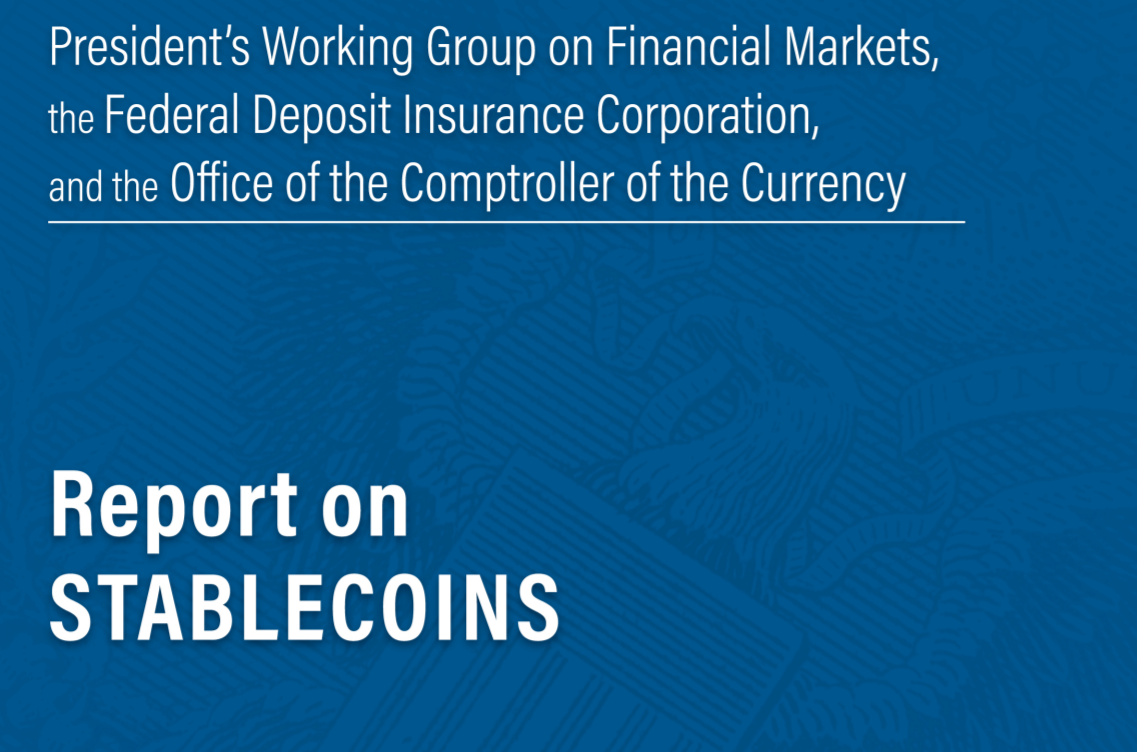 11.01.2021 - The Biden Administration issues a report on stablecoins calling for 1) stablecoin issuers to be regulated like banks, 2) stablecoin wallets to be regulated like banks, and 3) stablecoins to be kept separate from commercial activity. Input on the report was provided by the U.S. Treasury, the Board of Governors of the Federal Reserve System, SEC, CFTC, FDIC, and the OCC. LINK.
11.01.2021 - The Biden Administration issues a report on stablecoins calling for 1) stablecoin issuers to be regulated like banks, 2) stablecoin wallets to be regulated like banks, and 3) stablecoins to be kept separate from commercial activity. Input on the report was provided by the U.S. Treasury, the Board of Governors of the Federal Reserve System, SEC, CFTC, FDIC, and the OCC. LINK.10.29.2021 - The Financial Action Task Force (FATF), a global inter-governmental body, issued updates to its guidance on Virtual Asset Service Providers. LINK.
10.06.21 – The U.S. Justice Department announces a national cryptocurrency enforcement team. LINK.
2020
12.17.20 – LabCFTC issues a primer for digital assets. LINK.
 11.17.20 – The SEC issues a No Action Letter for IMVU, Inc. LINK.
11.17.20 – The SEC issues a No Action Letter for IMVU, Inc. LINK.11.9.20 - SEC Staff Statement on the Wyoming Division of Banking’s No-Action Letter. LINK.
10.23.20 - The Wyoming Division of Banking issues a No Action Letter stating that a state-chartered trust company may act as a qualified custodian under the Investment Advisers Act of 1940. LINK.
9.21.20 - The SEC FinHub issues a statement on the Securities and Exchange Commission (SEC) interpretation addressing the authority of national banks and federal savings associations to hold stablecoin reserves. It reiterated that whether a particular digital asset, including one labeled as a stablecoin, is a security under the federal securities laws is a facts and circumstances determination. LINK.
7.22.20 – The OCC announces that federally chartered banks and thrifts may provide custody service for crypto assets. LINK.
6.24.20 – The CFTC issues final interpretive guidance on the term “actual delivery” for digital assets. LINK.
1.14.20 – The SEC publishes an investor bulletin on Initial Exchange Offerings (IEOs). LINK.
2019
10.28.19 - The SEC issues No Action Letter for Paxos Trust Company, LLC. LINK.
10.11.19 – SEC, CFTC, and FinCEN issue a joint statement on digital assets. LINK.
 10.1.2019 – The Wyoming Special Purpose Depository Institutions Act (SPDI) is effective. The law creates a Wyoming-state chartered bank that can accept deposits and conduct digital asset activity. The Wyoming state legislature also enacted a digital asset law, setting off a series of amendments over the years to accommodate digital assets. LINK.
10.1.2019 – The Wyoming Special Purpose Depository Institutions Act (SPDI) is effective. The law creates a Wyoming-state chartered bank that can accept deposits and conduct digital asset activity. The Wyoming state legislature also enacted a digital asset law, setting off a series of amendments over the years to accommodate digital assets. LINK.7.25.19 – The SEC issues No Action Letter for Pocketful of Quarters, Inc. LINK.
7.8.19 – The SEC and FINRA publish a joint statement on the custody of digital asset securities. LINK.
5.9.19 – FinCEN issues guidance on convertible virtual currencies. LINK.
4.24.19 – The SEC and The CFTC issue a joint alert regarding fraudulent digital asset trading websites. LINK.
4.3.19 – The SEC issues No Action Letter for TurnKey Jet, Inc. LINK.
4.3.19 – The SEC FinHub publishes comprehensive guidance, or a “framework,” to evaluate whether a digital asset is considered a security under the investment contract test. LINK.
2018
11.27.18 – LabCFTC issues a primer on smart contracts. LINK.
11.16.18 – The SEC publishes a statement on digital asset securities issuances and trading. LINK.
 10.18.18 – The SEC launches FinHub. LINK.
10.18.18 – The SEC launches FinHub. LINK.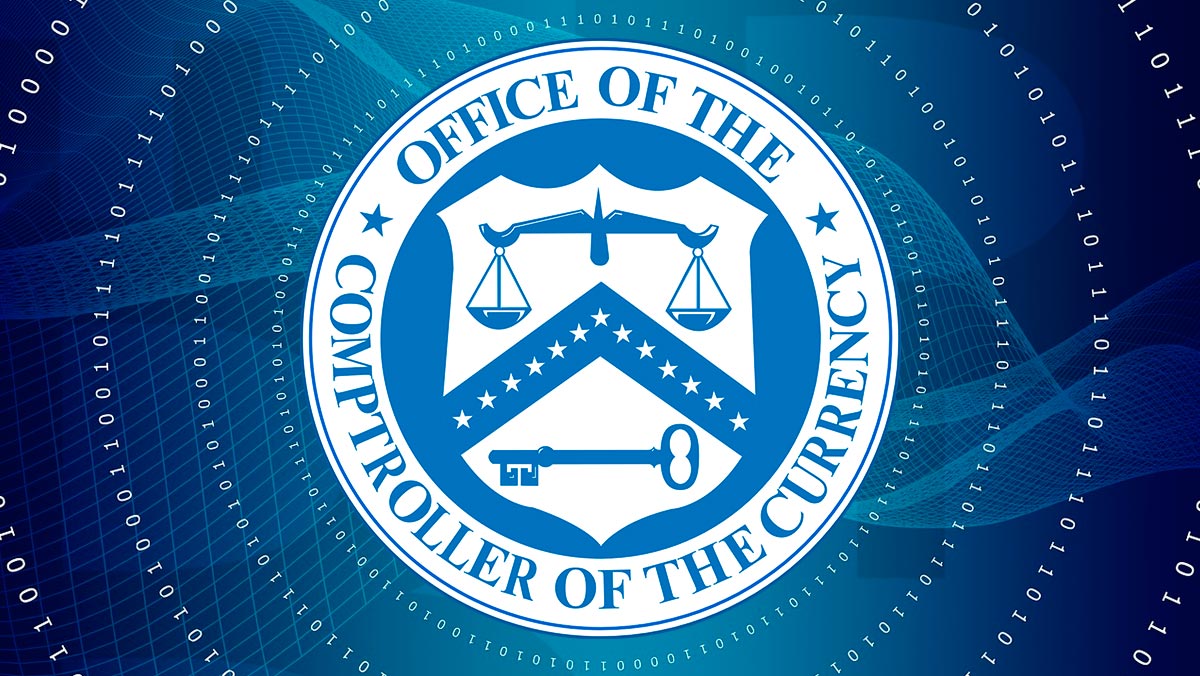 7.31.18 – The OCC begins accepting national bank charter applications from financial technology companies. LINK.
7.31.18 – The OCC begins accepting national bank charter applications from financial technology companies. LINK.7.16.18 – The CFTC issues an advisory bulletin on digital tokens cautioning customers to conduct extensive research on digital coins and tokens. LINK.
6.14.18 – The SEC Director of Corporate Finance, William Hinman, gives the speech “Digital Asset Transactions: When Howey Met Gary (Plastic).” LINK.
5.21.18 – The CFTC issues an advisory on virtual currency derivatives. LINK.
3.23.18 – The IRS issues a bulletin reminding taxpayers to report virtual currency transactions. LINK.
3.7.18 – The SEC publishes a statement regarding potentially unlawful digital asset trading platforms. LINK.
2.15.18 – The CFTC issues an advisory, warning consumers against “pump-and-dump” schemes. LINK.
1.24.18 – The SEC and The CFTC issue a joint op-ed on distributed ledger technology (DLT). LINK.
1.18.18 – The SEC publishes a staff letter on fund innovation and cryptocurrency-related holdings. LINK.
2017
12.15.17 – The CFTC issues a proposed interpretation on the delivery of virtual currency in retail transactions. LINK. The CFTC also issues a virtual currency resource page. LINK.
 12.11.17 – The SEC Chairman Jay Clayton publishes a statement on ICOs. LINK.
12.11.17 – The SEC Chairman Jay Clayton publishes a statement on ICOs. LINK.12.1.17 – The CFTC issues a statement on self-certified statement on contracts for Bitcoin product. LINK.
11.1.17 – The SEC publishes a statement on celebrity-backed ICOs. LINK.
10.17.17 – LabCFTC issues a primer on virtual currencies. LINK.
7.25.17 – The SEC publishes investigation of a decentralized autonomous organization, commonly known as the “DAO Report” (LINK) and also issues an Investor Bulletin on Initial Coin Offerings (ICOs). LINK.
5.17.17 – The CFTC launches LabCFTC. LINK.
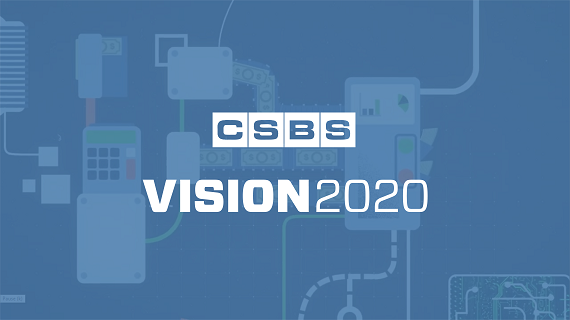 5.10.17 – The Conference of State Bank Supervisors (CSBS) Announces Vision 2020 for Fintech and Non-Bank Regulation. LINK.
5.10.17 – The Conference of State Bank Supervisors (CSBS) Announces Vision 2020 for Fintech and Non-Bank Regulation. LINK.2016
2015
10.5.15 – The New York Department of Financial Services (NYDFS) announces charters or licenses for three virtual currency firms – Gemini, Circle, and itBit. LINK.
 9.17.15 – The CFTC defines cryptocurrencies as commodities under the Commodity Exchange Act (CEA). LINK.
9.17.15 – The CFTC defines cryptocurrencies as commodities under the Commodity Exchange Act (CEA). LINK.6.24.15 – The New York Department of Financial Services (NYDFS) promulgates regulations that allow for a “BitLicense” for limited purpose trust charters. LINK.
2014
3.25.14 – The IRS publishes virtual currency guidance for tax purposes. LINK.
3.17.14 – The Washington state legislature enacts the Washington Trust Institutions Act, which separates trust companies from the Washington Commercial Bank Act and codifies trust company laws under Title 30B (with an effective date of 1.5.15), providing another avenue for FinTechs to charter as a trust company. LINK.
1.30.14 – FinCEN publishes determination letters related to Virtual Currency Mining Operations (LINK) and Virtual Currency Software Development. LINK.
2013
2011
7.21.11 - FinCEN implements a rule clarifying which entities are considered money services businesses and therefore must comply with the Bank Secrecy Act. LINK.
2009
2007
The housing bubble collapses due to the subprime mortgage industry, plunging the United States into a recession (The Great Recession). LINK.
2003
1998
 PayPal is launched, providing online money transfers. LINK.
PayPal is launched, providing online money transfers. LINK.1993
1971
The NASDAQ is established as an exchange that uses a computerized system to trade securities. LINK.
1970
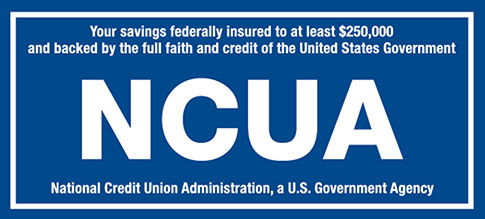 The National Credit Union Administration (NCUA) is established to charter and supervise federal credit unions. The NCUA insures dollar-for-dollar, a customers’ deposits held in a single credit union up to a certain amount. Currently, customer deposits are insured up to $250,000 per institution. LINK.
The National Credit Union Administration (NCUA) is established to charter and supervise federal credit unions. The NCUA insures dollar-for-dollar, a customers’ deposits held in a single credit union up to a certain amount. Currently, customer deposits are insured up to $250,000 per institution. LINK.1967
The first automatic teller machine (ATM) is installed at Barclays Bank. LINK.
1950
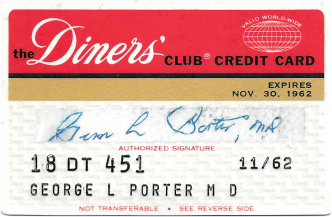 The Diner’s Club Card becomes the world’s first credit card to be widely used and accepted. LINK.
The Diner’s Club Card becomes the world’s first credit card to be widely used and accepted. LINK.1946
The Howey Test is established (based on former case law) in the seminal Supreme Court case, SEC v. WJ. Howey Co., 328 U.S. 293, 66 S. Ct. 1100 (1946). The Howey test, and subsequent case law, is used to determine whether a security exists in the form of an investment contract. Using the test, an investment contract exists when: there is an investment of money or other consideration, in a common enterprise, with the expectation of profits, to be derived primarily from the efforts of others. LINK.
1940
Congress passes the Investment Company Act of 1940 (’40 Act), which regulates certain companies that are engaged in investing, reinvesting, holding, or trading securities, and the securities those companies issue. LINK.
1939
Congress passes the Trust Indenture Act of 1939, which aimed to protect bond holders and provide requirements that at trustee must follow when administering a trust indenture. LINK.
1935
1934
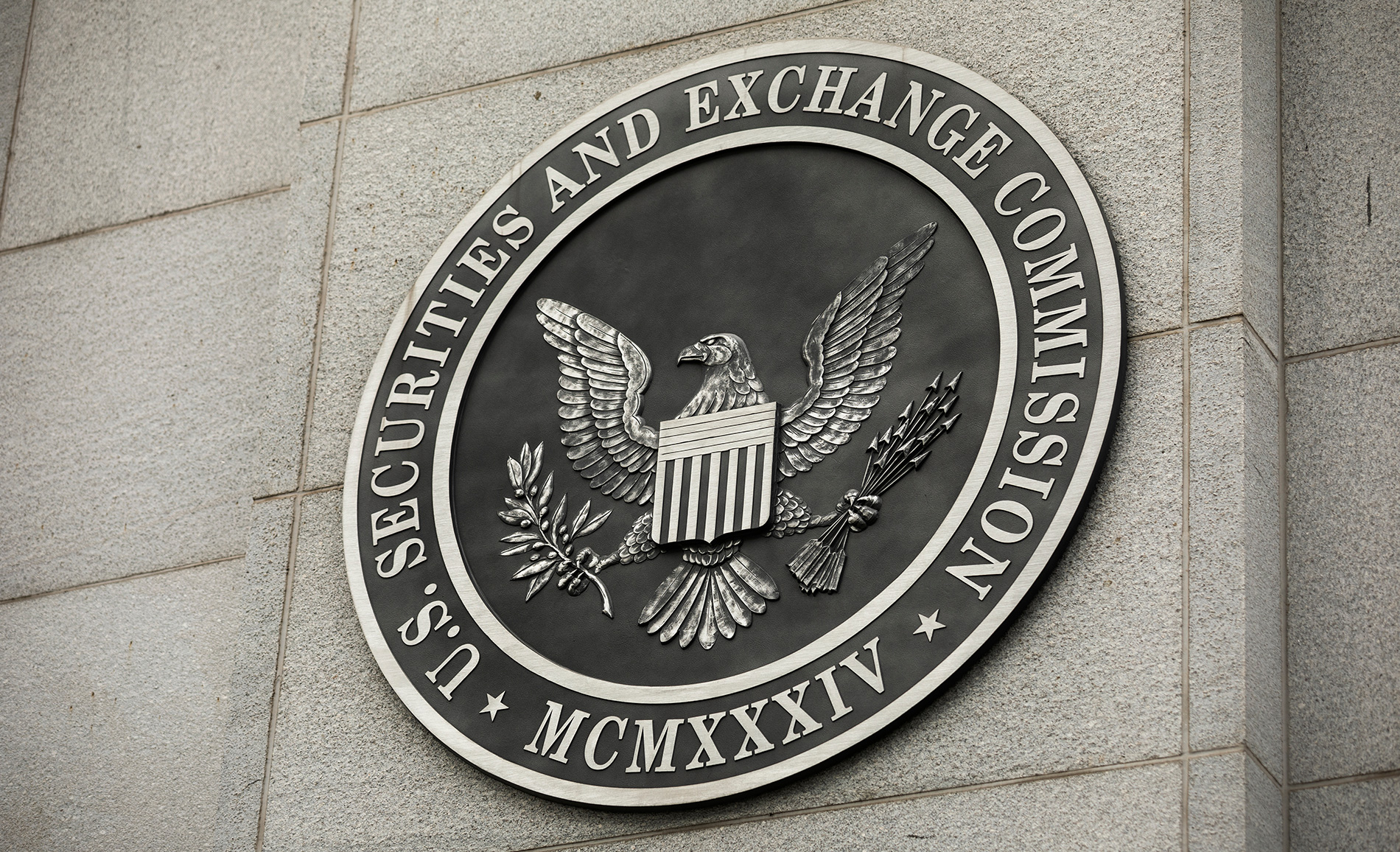 Congress passes the Securities Exchange Act of 1934 (Exchange Act), which establishes The Securities and Exchange Commission (SEC) to help restore investor confidence after the stock market crash of 1929. LINK.
Congress passes the Securities Exchange Act of 1934 (Exchange Act), which establishes The Securities and Exchange Commission (SEC) to help restore investor confidence after the stock market crash of 1929. LINK.1933
Congress passes the Securities Act of 1933 (Securities Act), which requires securities issuers to make mandatory disclosures about the investment they are selling and also requires that the issuance is not based on fraudulent information or practices. LINK.
 The Federal Deposit Insurance Commission (FDIC) is established to respond to the bank failures in the 1920s and 30s. The FDIC insures dollar-for-dollar, a customers’ deposits held in a single banking institution up to a certain amount. Currently, customer deposits are insured up to $250,000 per institution. LINK.
The Federal Deposit Insurance Commission (FDIC) is established to respond to the bank failures in the 1920s and 30s. The FDIC insures dollar-for-dollar, a customers’ deposits held in a single banking institution up to a certain amount. Currently, customer deposits are insured up to $250,000 per institution. LINK.1929
The stock market crashes, plunging the United States into a decade-long recession (The Great Depression), spurring several federal regulatory reforms and programs. LINK.
1927
The Securities Department becomes the Securities Division, and is transferred to the Department of Business Licenses (precursor to the Department of Licensing and DFI).
1923
The Securities Department is established under the Washington Secretary of State (precursor to Department of Licensing and DFI), and the Washington state legislature passes the Securities Act, requiring that broker-dealers be registered with the Securities Department. LINK.
1918
The Federal Reserve creates Fedwire, which allows member banks to electronically transfer funds. LINK.
1913
The Federal Reserve System is created by the enactment of the Federal Reserve Act, establishing a central banking system for the United States. LINK.
1907
A global financial crisis hits the U.S., leading to the creation of the Federal Reserve System and spurring other regulatory reforms. LINK.
1863
The Office of the Comptroller of the Currency (OCC) is established under the National Currency Act to charter and supervise National Banking Associations, commonly known as National Banks. LINK.
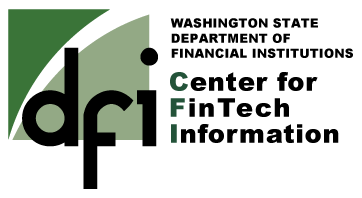 5.13.21 – DFI issues a primer for consumers that invest in or use virtual currency, crypto currency, and digital assets.
5.13.21 – DFI issues a primer for consumers that invest in or use virtual currency, crypto currency, and digital assets.  8.21.20 – DFI issues permit to offer and sell “security tokens” to INX.
8.21.20 – DFI issues permit to offer and sell “security tokens” to INX. 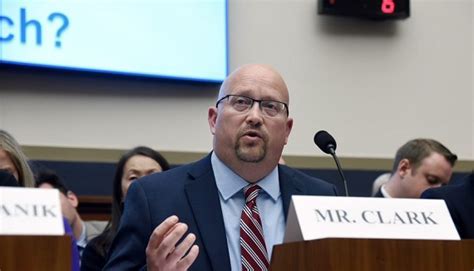 6.26.19 - DFI Director Charlie Clark testifies in Washington D.C. on the role of state regulators in oversight of FinTech companies.
6.26.19 - DFI Director Charlie Clark testifies in Washington D.C. on the role of state regulators in oversight of FinTech companies.  7.6.18 – DFI representatives speak at forum regarding blockchain and cryptocurrency.
7.6.18 – DFI representatives speak at forum regarding blockchain and cryptocurrency.  2.06.18 –DFI leads the effort to streamline multi state licensing for money service businesses.
2.06.18 –DFI leads the effort to streamline multi state licensing for money service businesses.  7.23.17 – The Washington state legislature’s amendments to the Uniform Money Services Act (SB 5031) goes into effect to address changes and innovations using virtual currency.
7.23.17 – The Washington state legislature’s amendments to the Uniform Money Services Act (SB 5031) goes into effect to address changes and innovations using virtual currency. 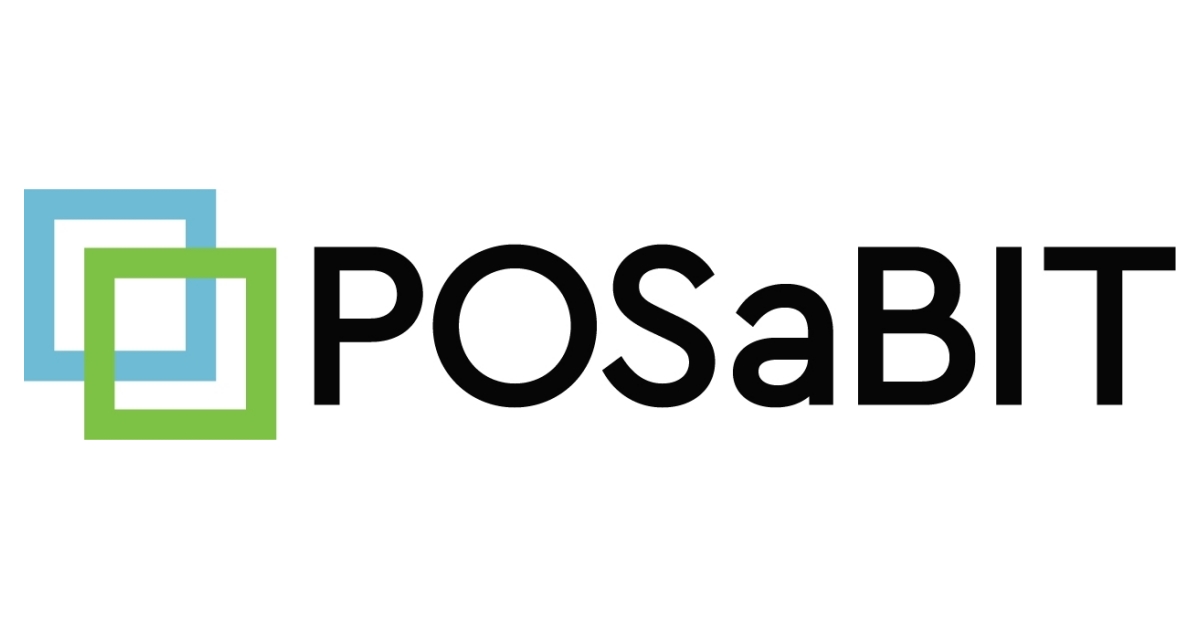 5.16.16 – DFI grants POSaBIT a conditional money transmitter license to use crypto to purchase cannabis.
5.16.16 – DFI grants POSaBIT a conditional money transmitter license to use crypto to purchase cannabis.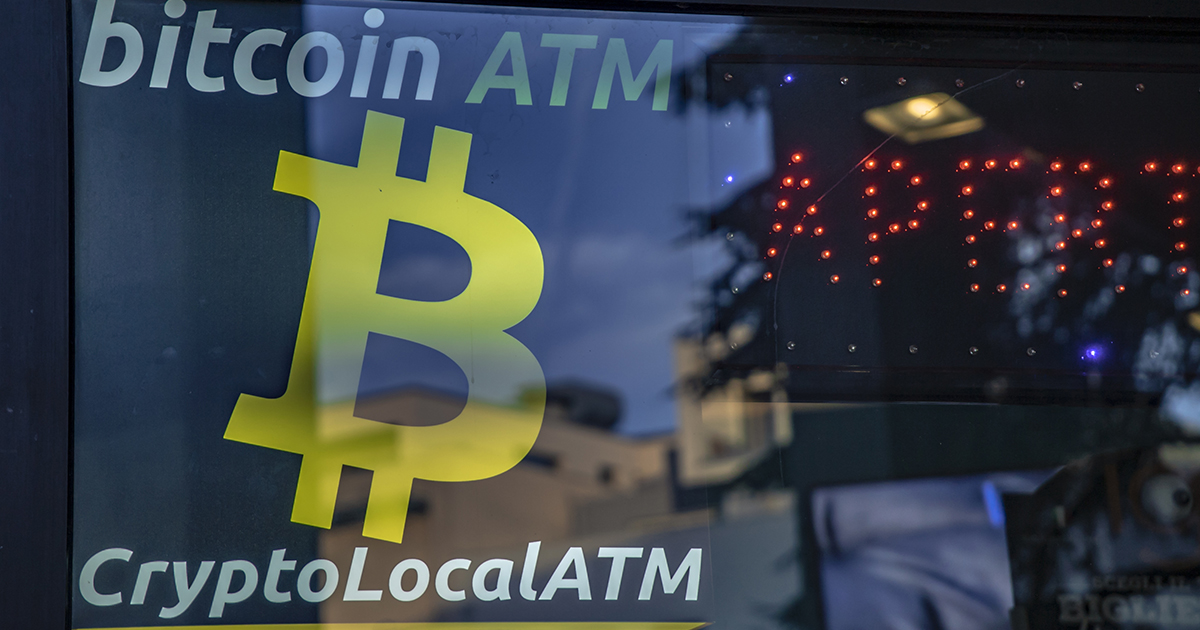 5.01.14 – DFI approves the first Bitcoin ATM located in downtown Seattle.
5.01.14 – DFI approves the first Bitcoin ATM located in downtown Seattle.  5.13 – Plaid is launched, providing technology that allows customer’s mobile phone apps to connect with the customer’s bank.
5.13 – Plaid is launched, providing technology that allows customer’s mobile phone apps to connect with the customer’s bank.  1.03.09 – Bitcoin blockchain launched when the first block, called the genesis block, was mined. The first test transaction took place about one week later.
1.03.09 – Bitcoin blockchain launched when the first block, called the genesis block, was mined. The first test transaction took place about one week later. 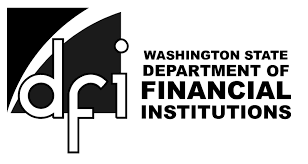 The Washington Department of Financial Institutions (DFI) is established to consolidate the Division of Banking (which included Consumer Services), Division of Savings and Loans (which included Credit Unions), and the Division of Securities (which was formerly under the Department of Licensing).
The Washington Department of Financial Institutions (DFI) is established to consolidate the Division of Banking (which included Consumer Services), Division of Savings and Loans (which included Credit Unions), and the Division of Securities (which was formerly under the Department of Licensing). The Washington State Division of Banking is organized (precursor to DFI).
The Washington State Division of Banking is organized (precursor to DFI).